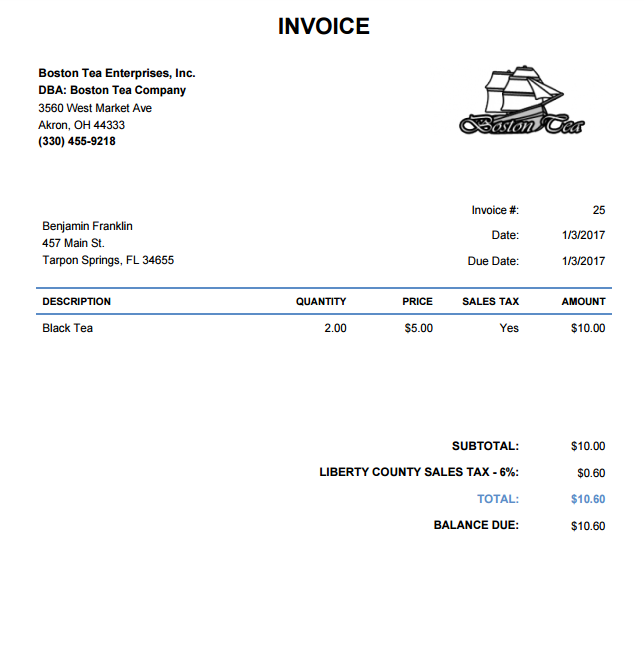

Typically, a vendor’s accounts payable department will send an open invoice to a customer who owes them money. Itemized and total amount of goods or servicesĪll of the above information is the same information that appears on an invoice, as an open invoice is simply an invoice that hasn’t yet been paid.Description of goods or services purchased.Payer and payee company name and address.An open invoice is a type of bill that contains specific information, such as: Technically, all invoices start as open invoices because they simply haven’t been paid yet. But the reality is that it’s proof of your transaction and can provide flexibility for both parties, which can make for smoother business transactions. Having an “open” or “outstanding” invoice can sound concerning because it’s money you have earned that you have not received. Open invoices are a very common part of the accounting cycle for any growing business that processes credit-based transactions. Open invoices are important to a company’s accounting cycle because they help in tracking cash flow and monitoring which clients still owe payments. The supplier includes in the invoice in its account receivable aging until paid. The customer includes the open invoice in their aged accounts payable detail until it is paid. The FinTalk Blog Strategy and trends in payments.Customer Stories See how we transform finance operations.Why Tipalti A modern, holistic, powerful payables solution that scales with your changing business needs.The Tipalti Platform Global, scalable, and fully automated.Tipalti Card Manage and reconcile spend, gain visibility, and receive cash-back.Global Partner Payments Scalable payment solutions for creator, ad tech, sharing and marketplaces economy.Purchase Order Management Control and visibility over corporate spend.Accounts Payable Automation End-to-end, invoice-based payments designed for growing companies.It’s good to know what to do if a customer won’t pay an invoice, but it’s even better to avoid the situation from the start. Your customer is more likely to pay an invoice if they know what they’re paying for. An easily understandable invoice helps your client pay right away without asking questions that may delay the billing and invoicing process.

#Invoicing meaning how to#
Knowing how to write an invoice with clear line items is crucial. READ MORE: Quotes vs invoices: what’s the difference? If you sent a detailed, itemized quote to your client before the job started, copy those line items over to your invoice. You might also include product names or types of materials, like the brand of dimmer switches you installed or the species of hardwood you used for a flooring job.Įxample of line item descriptions on a flooring service invoiceĭescriptions underneath each line item help the client understand why the parts they’re paying for are necessary for the job. For example, instead of only writing “Lawn Treatment” as a line item, you should write “Crabgrass Control” or “Grub Control.” When you name your line items, make it clear what your client is paying for. In a column beside each line item, add quantities (‘QTY’) to show the number of labor hours, materials, or other units you’re charging for. Write each line item with a description of servicesĪ line item is just a clear description of each service and/or product provided, along with their costs. You’ll never have to worry about forgetting or putting the wrong number on your customer bills.Ĥ. With Jobber, your company and customer information, along with the invoice number and invoice date, are generated automatically every time. Not every business will include one, but many do – it’s a good practice to help you get paid faster.Īdd these three items near the top and make them clearly visible. The due date makes it clear when customers should pay for your services. If you have an unpaid invoice that’s been sitting with your client for a while, you’ll want to be able to tell them which one you’re talking about when you reach out. This is important for filing taxes of course, but also for cases of a recurring invoice or multiple invoices to one client. The invoice number and issue date help keep your records organized. The three most important numbers on an invoice are the invoice number, invoice issue date, and due date. Add a unique invoice number, an issue date, and a due date


 0 kommentar(er)
0 kommentar(er)
